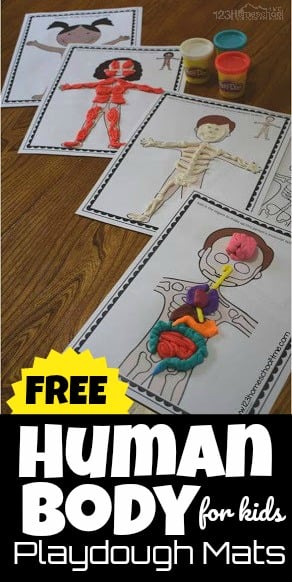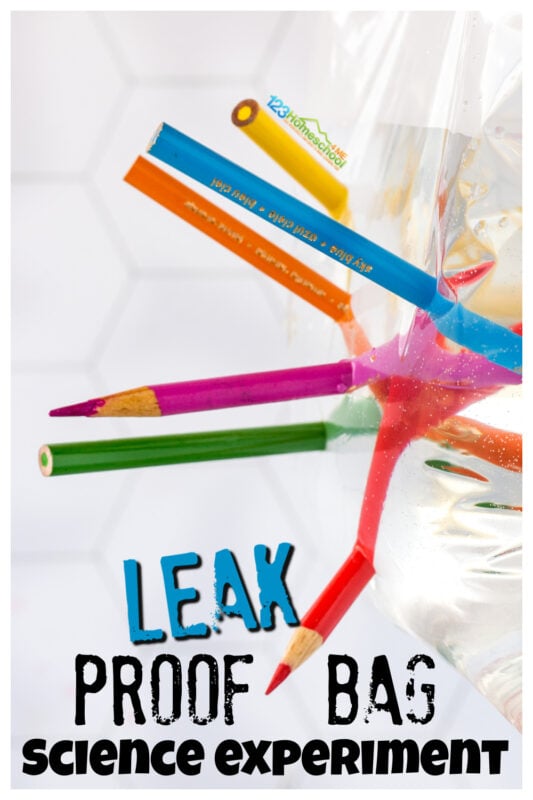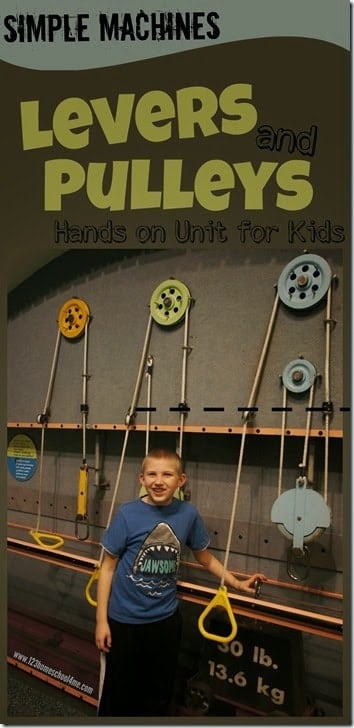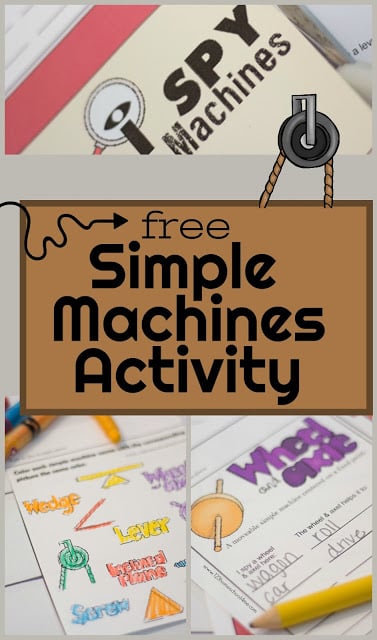Candy is always a fun way to learnSTEM.
Kids of all ages will love thissummer stem activitythat incorporates an EPICsimple machine project.
Mechanical energy projects
One of my daughters has been begging to learn more science lately.

While they played we talked about the physics involved.
This is such a funmechanical energy projectsfor children of all ages!
Learn machines for kidsincluding an i spy activity findingexamples of simple machinesand handy freesimple machines booklet.

Mechanical Energy for Kids
Kinetic energyis the energy of motion.
As the candy slides down the shoot, it gains more and more speed.
The more speed it gains the more kinetic energy it has.

Where does the energy come from?I asked.
My older child knew immediately that this gain in energy was due to gravity.
Force fields have been a special interest lately, and gravity is a field force.

Any time an object is pulled in by a field force it tends to gain kinetic energy.
At the top of the slide the M and M haspotential energy.
As gravity pulls the candy down the inclined plane, the potential energy is mostly converted to kinetic energy.

(A tiny bit of the mechanical energy will be converted to heat by friction.)
Where does the mechanical energy go?This was easy.
The fly wheel lever actually changed the direction from straight down to a circle- angular motion!

Notch the top ends, and secure the bottom ends in the play dough.
Cut another piece about 5 cm long and cut out a piece on each end as shown.
Then push a tooth pic through the center.

Suspend this from the longer straws by the tooth pic.
Experiment with making sure the candy will hit the flywheel as it comes off before taping it together.
From there, you could make any combination of slides that interests you.

Hewitt uses humor and every day examples to make physics accessible to anyone.
Easy Simple Machines Project
Dont be fooled.
Physics is not a difficult science because there is so much to learn.

There is very little to know.
Fun Science Experiments
Looking for morescience experimentsto try with your students?
Here are our 20 most popular science projects
Simple Machine Projects
























